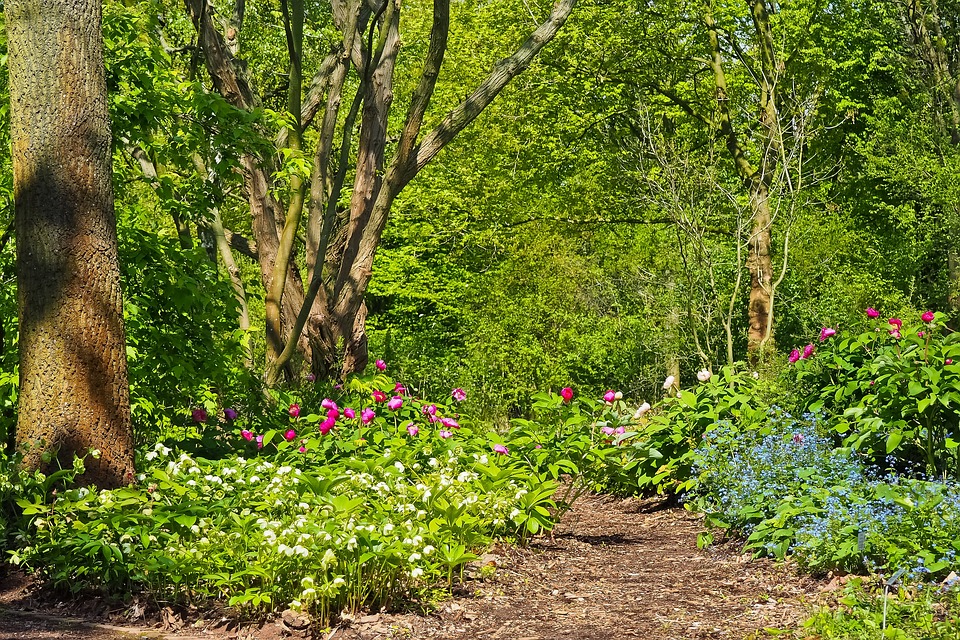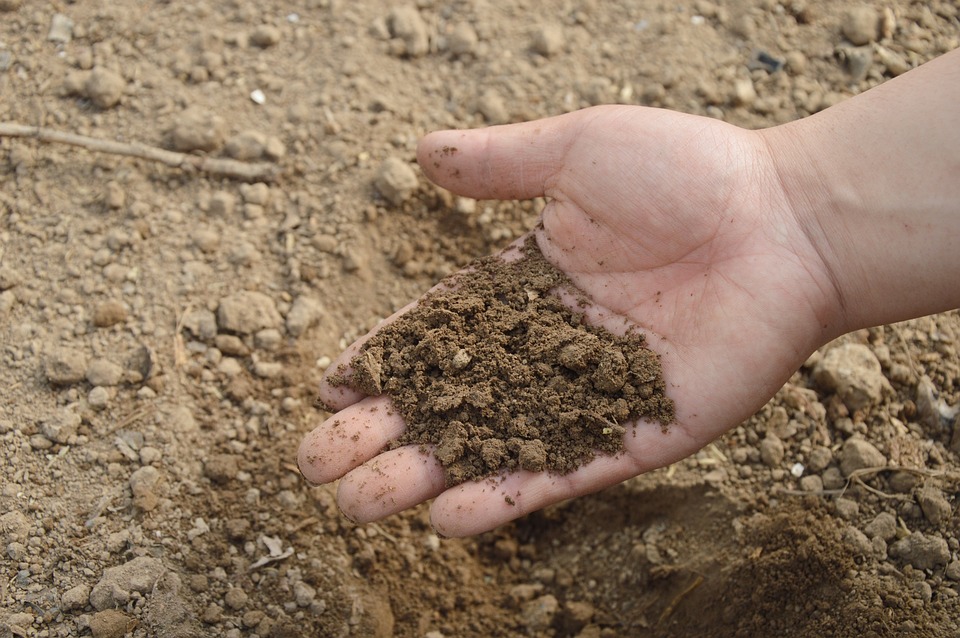Revolutionizing Gardening: Practical and Sustainable Techniques for Every Green Thumb
Revolutionizing Gardening: Practical and Sustainable Techniques for Every Green Thumb Picture this: a lush, vibrant garden bursting with a diverse array of fruits, vegetables, and fragrant flowers nourished by nature’s own resources. As I stand amidst this oasis, there is an undeniable sense of accomplishment and fulfillment. My journey into sustainable farming and gardening has allowed me to discover a whole new world of possibilities, and I’m thrilled to share with you some practical techniques that can revolutionize your own gardening adventure. Sustainable gardening encompasses a harmonious approach that not only benefits you, the gardener, but also the environment. By utilizing natural resources, reducing waste, and embracing innovative techniques, we can create flourishing gardens that not only provide us with fresh food and beautiful landscapes but also contribute to a greener, more sustainable planet. One of the first steps towards revolutionizing your garden is to conserve water by using efficient irrigation techniques. Drip irrigation, for instance, allows water to slowly and directly infiltrate the soil around each plant’s roots, minimizing water loss and ensuring each plant gets the precise hydration it needs. This method not only conserves water but also prevents weed growth and diseases caused by excessive moisture on the foliage. To further conserve water, consider implementing rainwater harvesting systems. Collecting rainwater in barrels or water tanks allows you to capture and utilize this precious resource during drier periods. It’s a simple yet effective way to reduce your reliance on municipal water supplies while maintaining a sustainable garden. Composting is another key technique that can transform your gardening game. Instead of throwing away food scraps, yard waste, and fallen leaves, you can convert them into nutrient-rich compost to enhance soil health. Compost acts as a natural fertilizer, improving soil structure and fertility while reducing the need for synthetic chemicals. It’s a win-win situation for both your garden and the planet! Now, let’s dive into the world of regenerative gardening – an approach that not only aims to sustain existing ecosystems but also restore and revitalize them. By practicing regenerative techniques, you’ll create a self-sufficient garden that thrives on its own while providing you with bountiful harvests. One such method is companion planting, where certain plants are strategically paired to improve growth, repel pests, or enhance flavor. For example, planting basil alongside tomatoes not only deters harmful insects but also improves the flavor of the tomatoes themselves. This mutually beneficial relationship takes advantage of nature’s inherent wisdom, fostering a healthier garden ecosystem. In addition to companion planting, utilizing cover crops is another regenerative technique that can work wonders in your garden. Cover crops, such as clover or vetch, are grown between planting seasons to protect and nourish the soil. They prevent erosion, suppress weeds, and add organic matter when incorporated into the soil. As they break down, cover crops release vital nutrients that are later absorbed by your vegetable plants, creating a continuous cycle of sustainable gardening. Now, let’s explore some pro tips that will take your sustainable gardening to the next level: 1. Embrace biodiversity: Plant a wide range of vegetables, fruits, herbs, and flowers to attract pollinators, promote soil health, and deter pests. 2. Implement integrated pest management: By combining multiple pest control strategies like biological controls, mechanical barriers, and cultural practices, you can minimize the use of chemical pesticides while effectively managing pests. 3. Experiment with vertical gardening: Utilizing vertical space not only maximizes your growing area but can also create a stunning visual display. Consider growing vines, using trellises, or installing vertical garden structures to optimize your limited space. 4. Explore seed-saving: Rather than purchasing new seeds each year, save seeds from your own plants. This practice not only saves money but also preserves heirloom varieties and contributes to plant biodiversity. 5. Get creative with soil amendments: Instead of relying solely on commercial fertilizers, experiment with natural soil amendments like compost, organic matter, and beneficial microbes. These amendments enrich the soil, enhance plant growth, and support a robust ecosystem. In conclusion, revolutionizing gardening through sustainable practices can bring immense joy, satisfaction, and positive change to your life. By conserving water, composting, practicing regenerative techniques, and experimenting with pro tips, you can create a garden that is not only beautiful and productive but also environmentally responsible. Let’s embark on this green thumb journey together and watch our gardens flourish while leaving a positive impact on the world we cherish.










